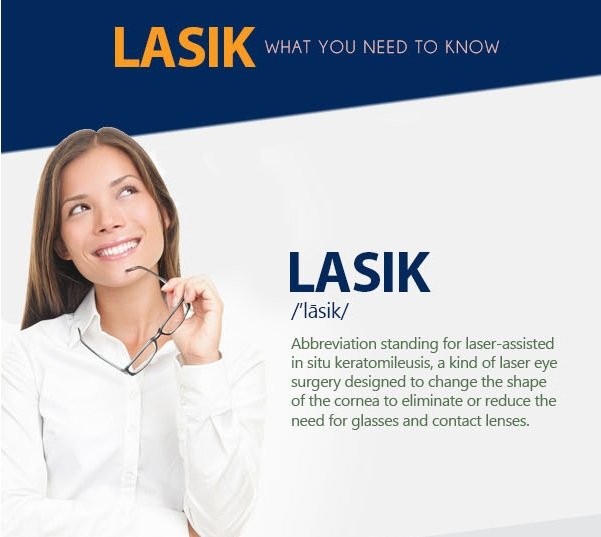Vision Rectification Using Lens Substitute: A New Age Visible

Short Article Produced By-Barron Boesen
Imagine a future where you no longer need to count on glasses or get in touch with lenses to see plainly. A future where vision modification is as easy as a quick, painless procedure.
Well, that future is closer than you could think. Introducing refractive lens exchange, an advanced technique to fixing your vision that can change the method you see the globe.
However just what is refractive lens exchange, and why is it took into consideration the future of vision correction? In this conversation, we will certainly check out the benefits, the procedure, and the potential risks of refractive lens exchange, offering you a glimpse into what lies in advance for those seeking more clear vision.
The Advantages of Refractive Lens Exchange
Refractive Lens Exchange provides countless benefits for people looking for vision modification. By changing your all-natural lens with an artificial intraocular lens, this procedure can fix a variety of vision problems. One of the major benefits of refractive lens exchange is the renovation in visual acuity. Whether you're myopic, farsighted, or have astigmatism, this treatment can dramatically improve your capacity to see clearly without counting on glasses or call lenses.
Furthermore, refractive lens exchange can likewise prevent the progression of certain eye problems, such as cataracts. This suggests that not just will you achieve far better vision, but you'll likewise have actually a lowered threat of developing cataracts in the future.
With refractive lens exchange, you can delight in better vision and a better of life.
The Procedure for Refractive Lens Exchange
When going through refractive lens exchange, the doctor will certainly begin by making a small cut in your cornea. This permits them to access the lens of your eye and remove it.
Below are Disease associated with the procedure:
- The specialist will very carefully break up the lens utilizing ultrasound waves or lasers.
- After eliminating the lens, they'll put a new fabricated lens, called an intraocular lens (IOL), into your eye.
- The IOL is designed to fix your particular vision troubles, such as nearsightedness, farsightedness, or astigmatism.
- Once the brand-new lens remains in place, the specialist will shut the incision with little stitches or self-sealing strategies.
- The entire procedure usually takes less than half an hour and is commonly done on an outpatient basis.
Complying with these steps, refractive lens exchange can offer you with boosted vision and lower your reliance on glasses or contact lenses.
Possible Threats of Refractive Lens Exchange
Prior to undergoing refractive lens exchange, it is very important to comprehend the potential threats related to the treatment. While refractive lens exchange is usually thought about risk-free, like any kind of procedure, there are risks involved.
One potential danger is infection, which can occur if bacteria enters the eye during or after the surgical procedure. An additional threat is the growth of boosted intraocular stress, which can bring about glaucoma. Furthermore, there's https://writeablog.net/margeret38anjanette/the-ultimate-overview-to-picking-the-right-refractive-clinic of experiencing corneal edema, which is the swelling of the cornea.
Various other possible threats consist of retinal detachment, macular edema, and loss of vision. It's critical to review these risks with your doctor and consider them against the prospective benefits prior to deciding.
Final thought
So there you have it, folks! Refractive lens exchange is truly the future of vision modification. With its countless advantages and innovations in modern technology, this treatment offers a life-altering solution for those dealing with their vision.
However bear in https://www.medscape.com/viewarticle/909011 , every increased has its thorns. While refractive lens exchange might bring clearness, it is necessary to be knowledgeable about the possible risks involved. So, before taking the jump, weigh the benefits and drawbacks, and speak with your eye doctor.
Besides, far better secure than sorry!

